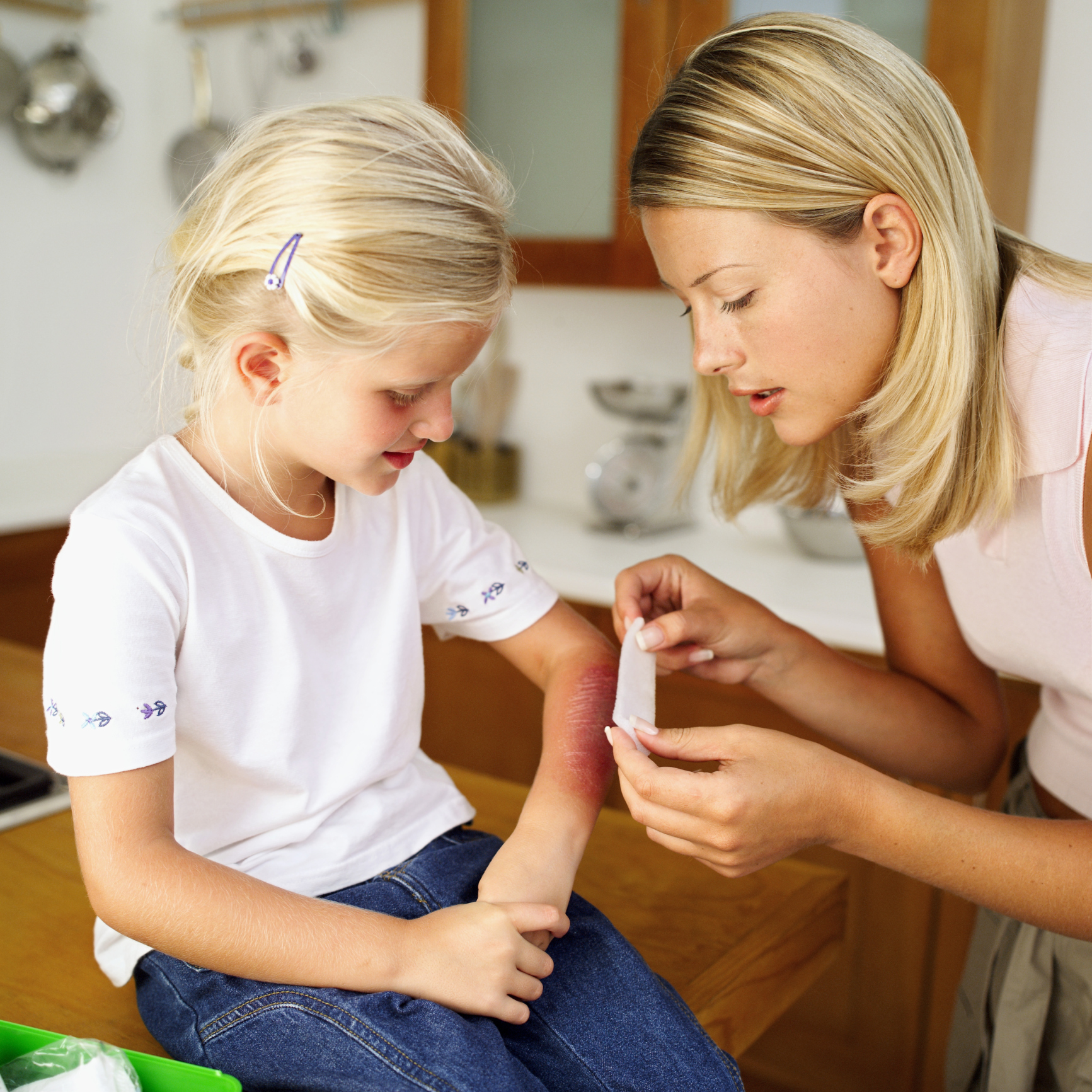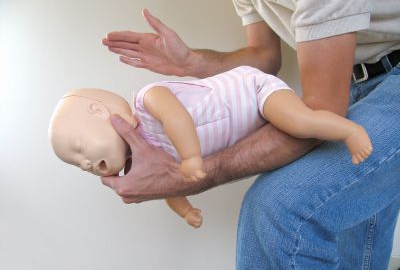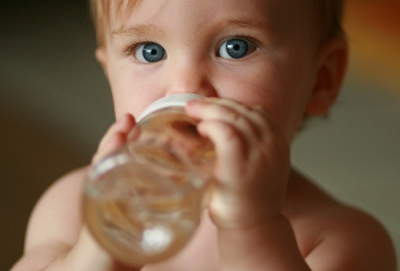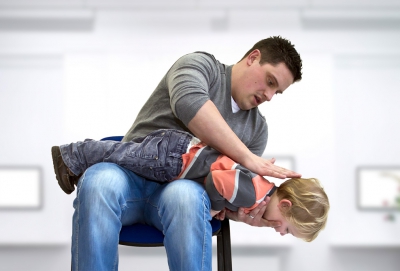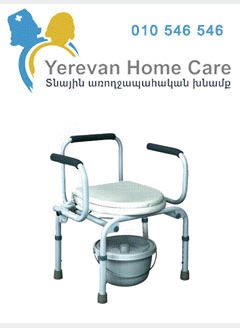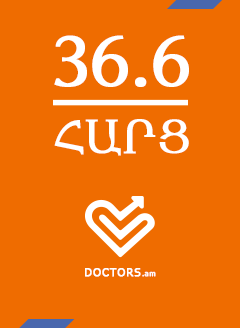From kids washing up under a too-hot faucet to an accidental tipping of a coffee cup, burns are a potential hazard in every home. In fact, burns, especially scalds from hot water and liquids, are some of the most common childhood accidents.
Babies and young children are especially susceptible — they're curious, small, and have sensitive skin that needs extra protection.
Although some minor burns aren't cause for concern and can be safely treated at home, other more serious burns require medical care. But taking some simple precautions to make your home safer can prevent many burns.
Common Causes
The first step in helping to prevent kids from being burned is to understand these common causes of burns:
- scalds, the No. 1 culprit (from steam, hot bath water, tipped-over coffee cups, hot foods, cooking fluids, etc.)
- contact with flames or hot objects (from the stove, fireplace, curling iron, etc.)
- chemical burns (from swallowing things, like drain cleaner or watch batteries, or spilling chemicals, such as bleach, onto the skin)
- electrical burns (from biting on electrical cords or sticking fingers or objects in electrical outlets, etc.)
- overexposure to the sun
Types of Burns
Burns are often categorized as first-, second-, or third-degree, depending on how badly the skin is damaged. Each of the injuries above can cause any of these three types of burns. But both the type of burn and its cause will determine how the burn is treated.
All burns should be treated quickly to reduce the temperature of the burned area and reduce damage to the skin and underlying tissue (if the burn is severe).









